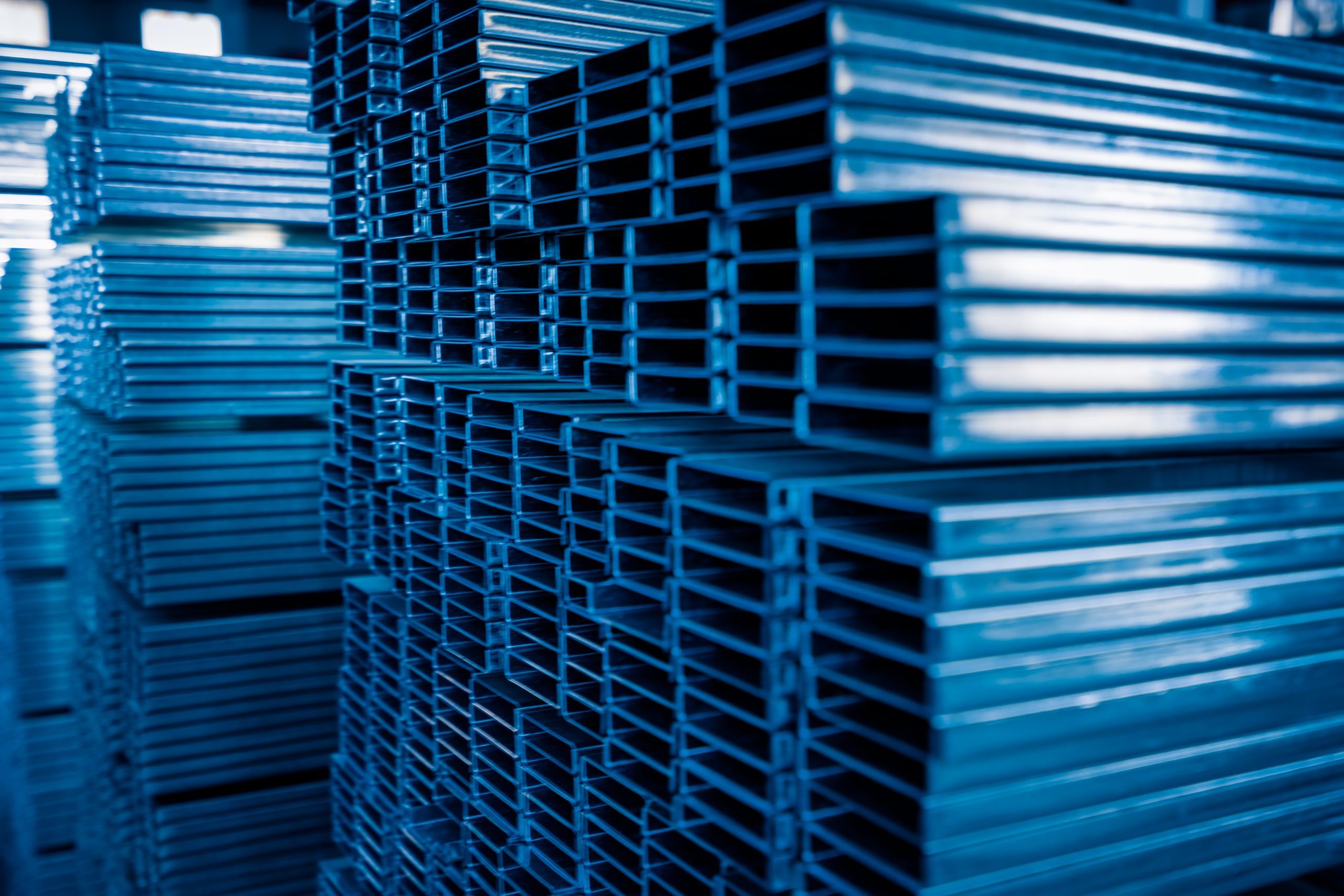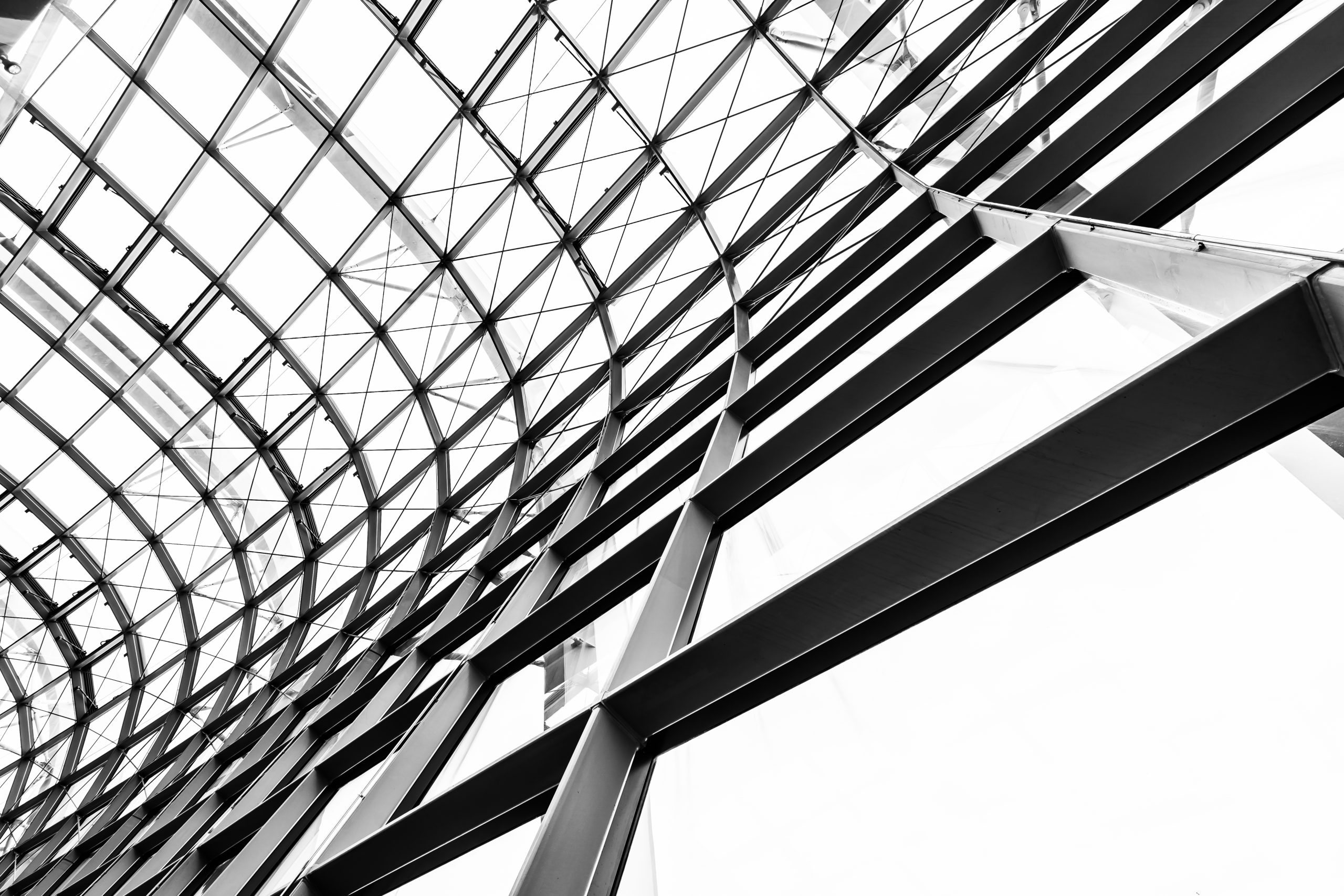Most construction projects, from residential to commercial buildings, require the use of steel. Even among clients and construction industry specialists, steel structure buildings have begun to attract more supporters.
Understanding the many types of steel is essential since it has become so central to our construction planning process.
Steel can be divided into TMT and TMX categories. Then, TMT bars are categorized into Primary and Secondary categories, which are further subdivided into grades like Fe 415, Fe500, Fe500D, Fe550, and Fe550D.
Here, we’ll describe how Primary and Secondary TMT bars differ from one another.
Primary Steel
Using a technique known as the Basic Oxygen Furnace (BOF) method, primary steel is produced. This process converts iron ore into iron billets that are then utilized to make steel bars.
Secondary Steel
An electric arc furnace is typically used for secondary steelmaking. Steel scrap serves as the primary raw material for the bars. Hence the name “secondary steel” for it.
Raw material
Remelted scrap is used to make secondary steel, and it is cast into ingots. The usage of the bars is extremely risky and unsafe due to the possibility of impure secondary steel being produced by the less refined process.
Although the strength of both steel bars can be the same, primary steel has less impurities than secondary steel. Integrated steel plants are the primary sources of primary steel production.
Process technology
Typically, secondary bars are rerolled in a locally made rolling mill. Its properties are so inconsistent.
Primary bars are produced on a high-speed, fully automated mill with horizontal and vertical supports using cutting-edge technology.
Rib pattern
The local rib cutting method, which is carried out by hand tools, is used to create the ribs in secondary steel. Giving it a ribbed area that is inconsistent causes a weak bond with the concrete.
The uniform ribs in primary steel have deeper grooves created by CNC machines. Giving it the most rib area possible will give it a strong, long-lasting bond with the concrete and result in stronger buildings.
Cost
Due to the direct usage of iron ore, primary steel is more expensive when compared to the other two. As a result, primary steel production produces a higher proportion of high-quality steel than secondary. Primary steel has substantially greater production costs and product quality.
Conclusion
The primary and secondary TMT bars are both extremely appropriate for all kinds of construction and have minimal percentages of phosphorus and sulphur. It helps in steel durability and future earthquake shock resistance. Compared to secondary steel, primary steel TMT bars are more weldable, fire-resistant, and extremely ductile.
The production of branded secondary steels has improved as a result of advancements in the steel-making process. Primary steels are recommended for residential buildings, although branded secondary steel also has some excellent possibilities. You will save some money this way.
Use primary steel or grades like Fe500D and Fe550D for commercial projects, especially high-rise buildings. The “D” stands for ductility, which provides the steel bars a higher percentage of elongation.


